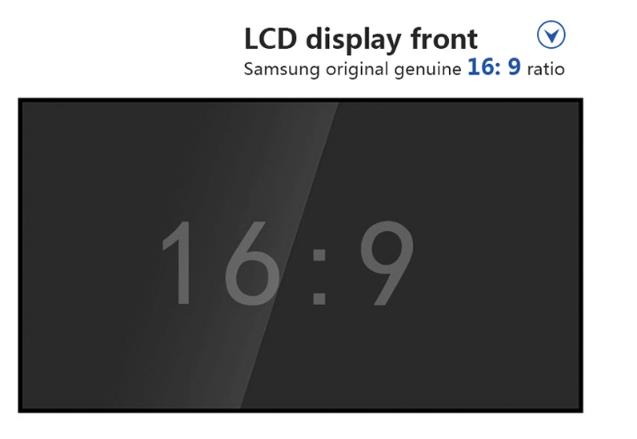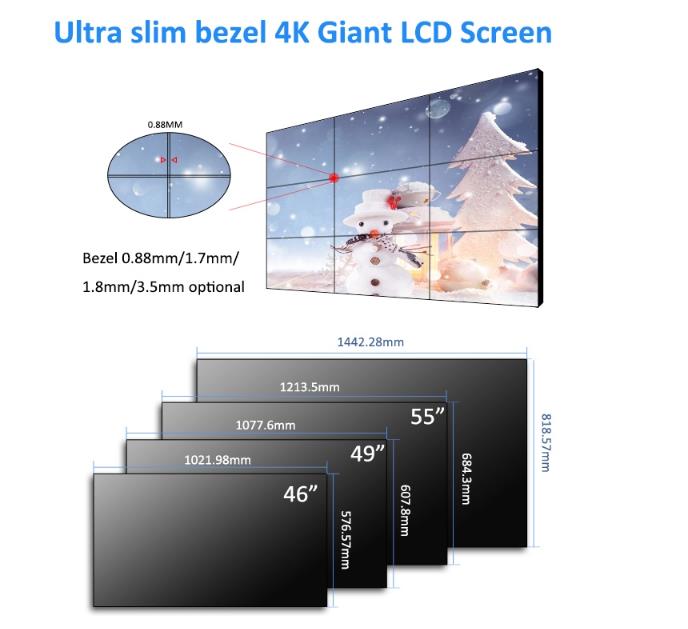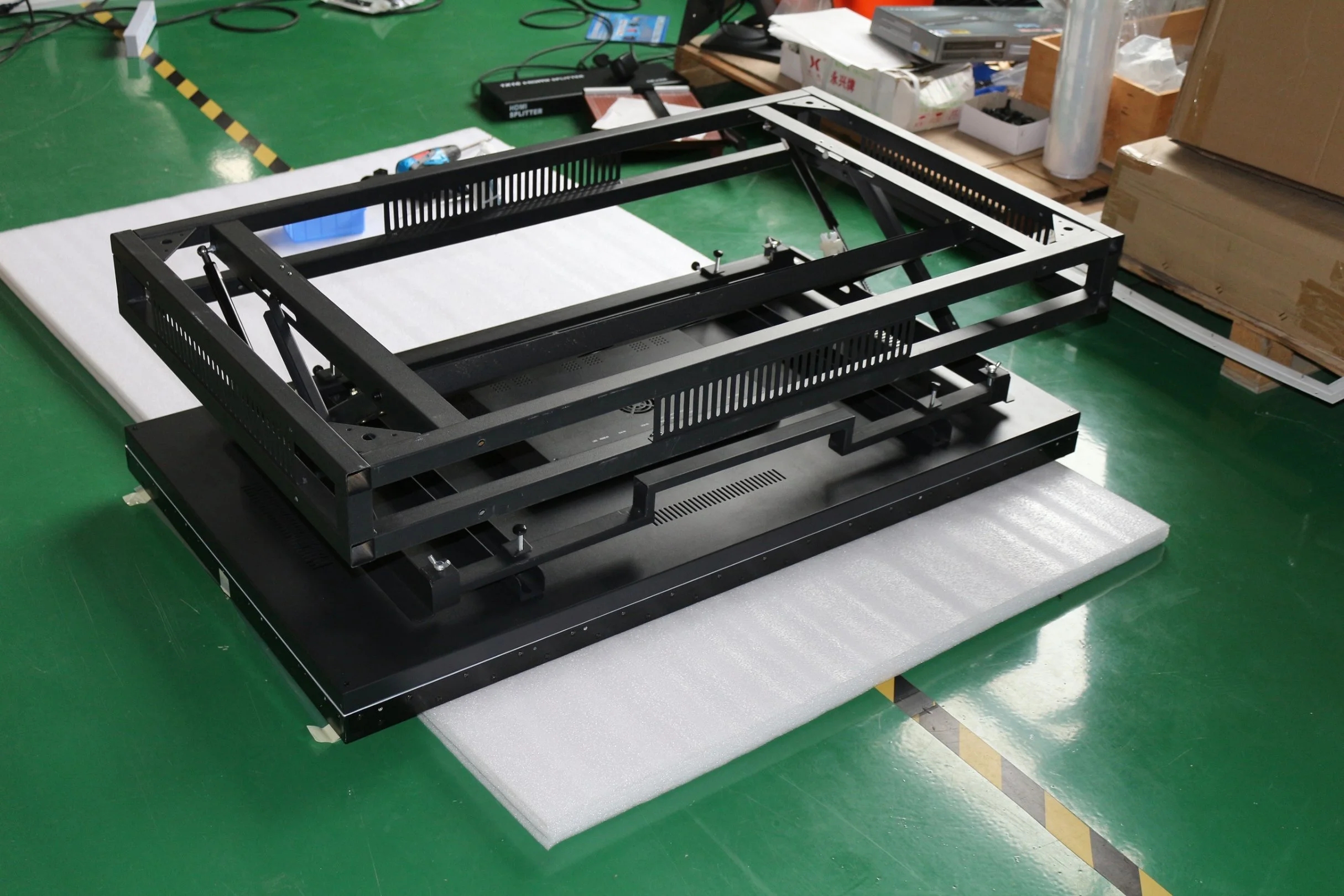Development and Installation Maintenance Techniques of LCD Wall Display

Analysis of LCD wall display Development

With the continuous decrease in overall costs, ongoing technological upgrades and improvements, and expanding application areas, the large screen video wall market has entered a phase of rapid growth. According to statistics, the overall market size for large screen video walls is expected to reach around 10 billion yuan this year, an increase of about 18% compared to the previous year. Among these, DLP (Digital Light Processing) video wall sales account for approximately 60% of the market share, while LCD (Liquid Crystal Display) video wall sales account for about 30%. DLP video walls primarily dominate the high-end market sectors, such as traffic control centers, meteorological bureaus, military demonstration centers, and other domains with precise data presentation requirements. On the other hand, LCD wall displays are mainly focused on the mid-to-low-end markets, including public infrastructure, law enforcement and military departments, and large enterprises. While the growth of DLP video walls is slow, LCD wall displays are experiencing rapid growth.
The emergence of LCD wall display technology is not to be underestimated, as it is rapidly capturing the market, especially in the rapidly developing mid-to-low-end application market. The rapid rise of LCD wall displays can be attributed to several factors:
1. Long lifespan and low cost: LCD technology is mature, with a lifespan of over 50,000 hours, ensuring uninterrupted operation over extended periods.
2. Flexible configuration: LCD wall displays offer a wide range of configuration options, including small and large screen splicing, single-screen or multi-screen arrangements, and mixing different sizes of screens.
3. Impressive visuals: LCD wall display systems offer stunning visuals, high resolution, the ability to display multiple signals simultaneously in customizable windows, and features such as roaming and overlay, providing users with flexible and vivid large-screen displays.
4. Easy installation and maintenance: Compared to bulkier display devices like DLP, LCD wall displays are thin and lightweight, reducing maintenance costs.
5. Narrowing of bezels: The continuous reduction in bezel width for LCD wall displays is expanding their reach into the lower-end market.
Installation and Maintenance Techniques for LCD wall displays

1. Connection of Bracket Fixed Rods:
In LCD maintenance systems, the installation of bracket fixed rods is of utmost importance. Once the rods are securely in place, the system becomes easy to install and adjust, ensuring safety during installation and convenient panel calibration. Failure to properly secure these rods can make the adjustment process more complicated than that of larger DLP screens.
– Due to the top-heavy nature of LCD wall display panels, unlike stable DLP screens, they cannot balance themselves. The vertical alignment of the system cannot be ensured without the help of fixed rods. Therefore, the fixed rods should be installed after adjusting the base bracket and before hanging the panels. This ensures both the vertical alignment and stability of the entire system.
– Since the new bracket is not a single unit but is formed by connecting each column bracket with left and right connecting rods, it’s difficult to ensure that each column bracket is perfectly aligned in the same plane. Installing a fixed rod above each column bracket allows easy adjustment of the front-back differences between column brackets.
– The fixed rod must be secured towards the back to ensure system stability and enable the adjustment mentioned in the second point above.
2. Panel Calibration:
– To adjust the flatness of the panels, start by setting all panel calibration screws to the midpoint of their adjustment range. This ensures that each corner of the panel has some adjustment range without the risk of certain panel calibration screws becoming non-adjustable.
– Begin by adjusting the height and level of the panels before adjusting their concavity and convexity, as adjusting the height and level can cause the panel to shift horizontally.
3. Panel Installation:
Normal panel installation involves raising the panel slightly above the weight-bearing crossbar of the bracket and then lowering it onto the bracket. However, what should be done if there is limited space above for installation?
– In such cases, the two hanging rods behind the panel can be first attached to the weight-bearing crossbar of the bracket. Then, the panel can be lifted and placed in the installation position, after which the screws between the hanging rods and the panel can be tightened by someone behind the panel.
